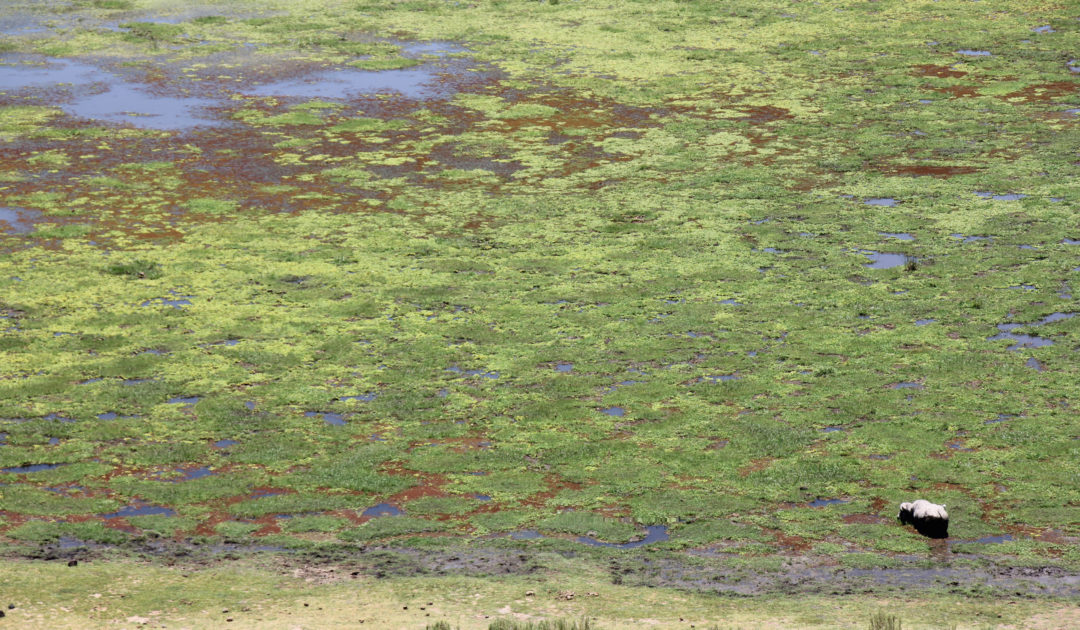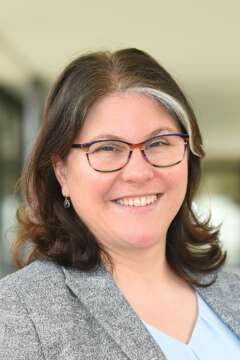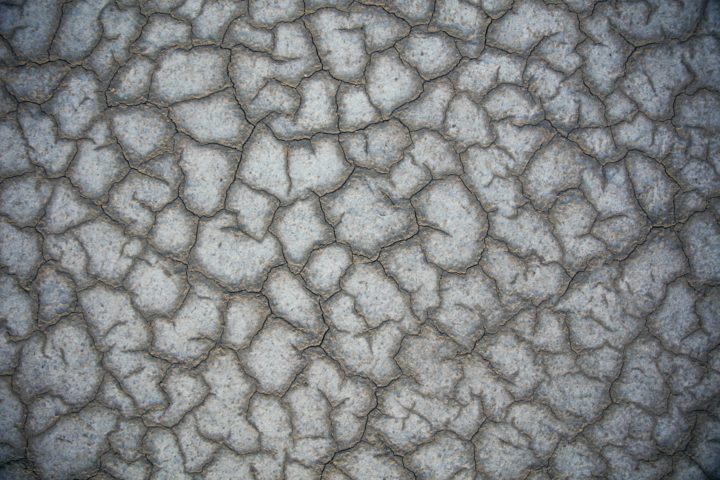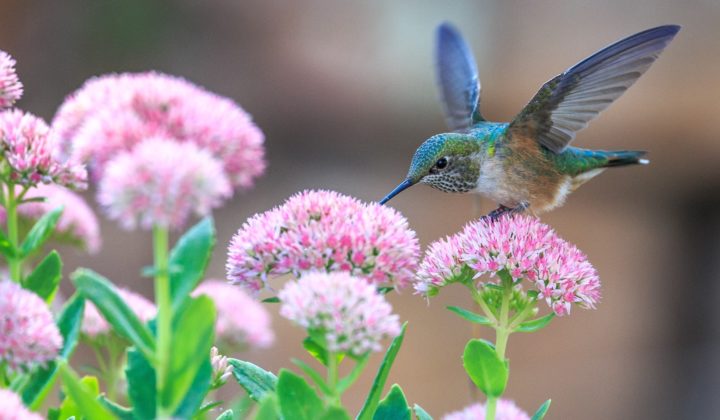Biodiversität und Klima
Der Verlust der Biodiversität sowie der Klimawandel gehören zu den großen Herausforderungen unserer Zeit. Beide beeinflussen sich gegenseitig. Um zu verstehen wie, muss die Forschung beide Felder miteinbeziehen.
Einzigartig: Biodiversität im Fokus
Der Forschungsbereich ‘Biodiversität und Klima’ widmet sich diesem Thema. Er wird von fast allen Senckenberg-Instituten getragen und hat das Senckenberg Biodiversität und Klima Forschungszentrum zum Kern. Der Fokus dieser biologischen, geo- und sozialwissenschaftlichen Grundlagenforschung liegt stets auf der Biodiversität. Dieser Ansatz ist sowohl national als auch international in seiner Breite und gesellschaftlichen Relevanz einzigartig.
Drei Schwerpunkte
Im Tätigkeitsschwerpunkt „Geobiodiversität und Klima“ untersuchen Wissenschaftler*innen die Wechselwirkungen zwischen Klima, Erdoberflächenprozessen und Ökosystemen auf geologischen und ökologischen Zeitskalen. Forschende im Tätigkeitsschwerpunkt „Genomische Evolution und Klima“ befassen sich mit dem Einfluss von Klimafaktoren auf die Genome von Organismen, mit der Rolle von Umwelteinflüssen bei Artinteraktionen und mit der genomischen Evolution. Im Tätigkeitsschwerpunkt „Ökosystemleistungen und Klima“ wird analysiert, welche Wechselwirkungen es zwischen Biodiversität und der Gesellschaft in Zusammenhang mit dem Klimawandel gibt.
Breites Spektrum an Methoden und Skalen
Zur Erforschung dieser vielfältigen Fragestellungen setzen wir ein breites Spektrum an Methoden ein, das von geologischen Analysen, paläontologischen Grabungen, Fernerkundung und Freilandbeobachtungen über molekulargenetische Analysen und Laborexperimente bis zu großräumigen Klima- und Vegetationsmodellen und sozialwissenschaftlichen Methoden reicht. Damit dokumentieren und analysieren die Wissenschaftler*innen dieses Forschungsbereiches sowohl gegenwärtige als auch vergangene Ereignisse und Prozesse.
Wegweisend: Service und Beratung für Entscheidungsträger
Aus den Forschungsergebnissen und Modellen entwickeln wir Zukunftsprojektionen und stellen diese als wissenschaftliche Grundlagen für politische und gesellschaftliche Entscheidungsprozesse zur Verfügung. Durch die enorme Bedeutung des Klima- und Biodiversitätswandels für Gesellschaft und Wirtschaft werden solche Beratungsdienstleistungen stark nachgefragt und sind äußerst relevant.




